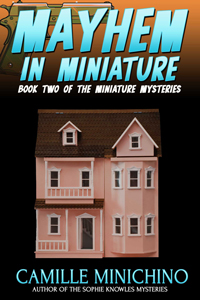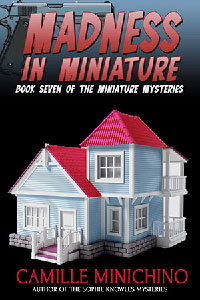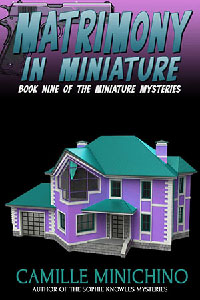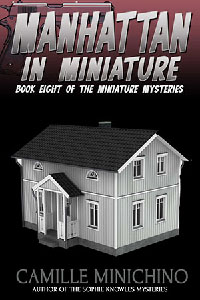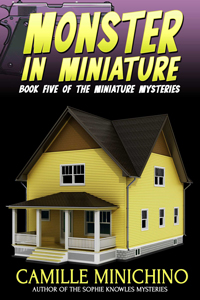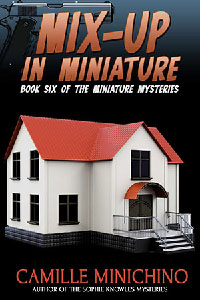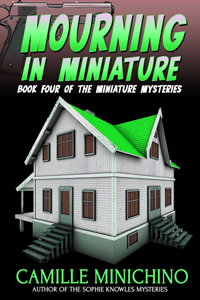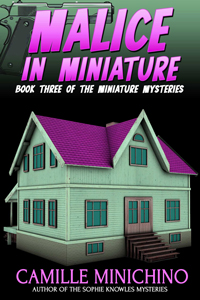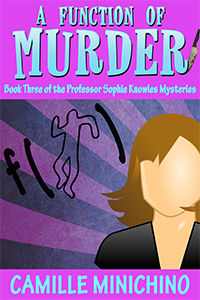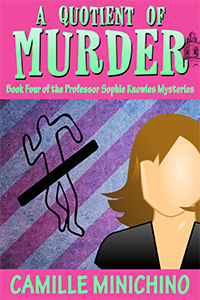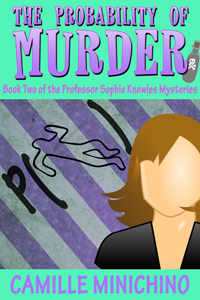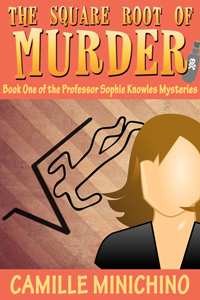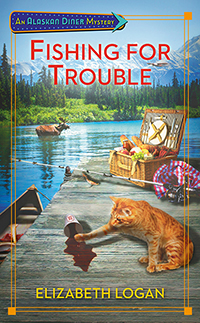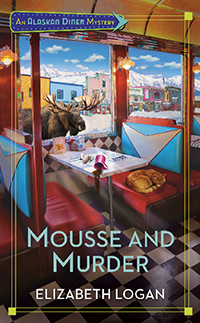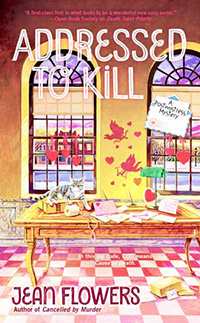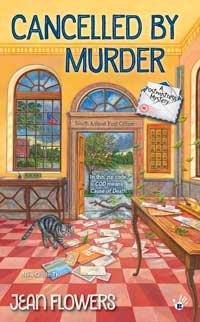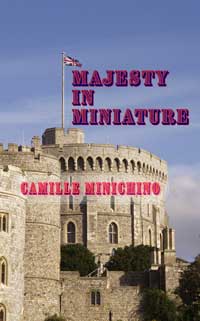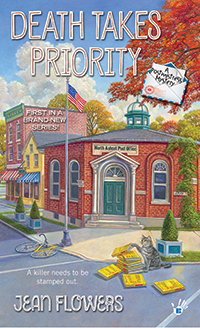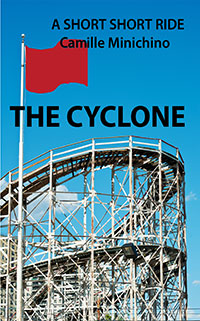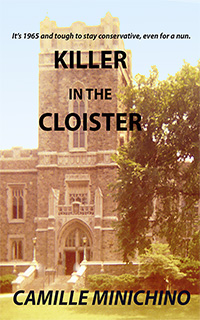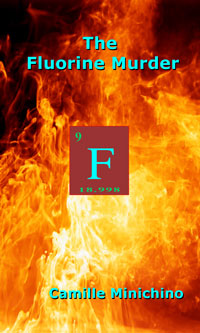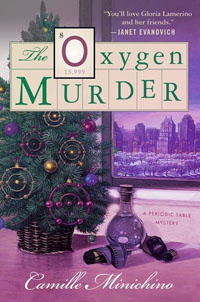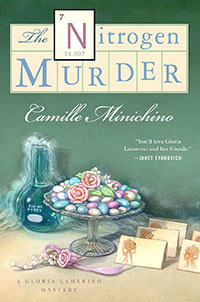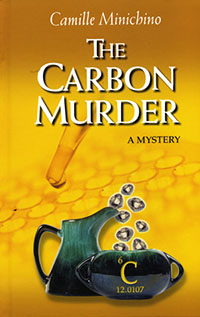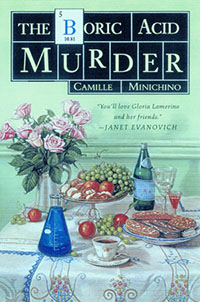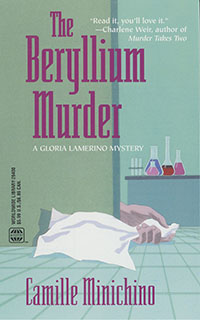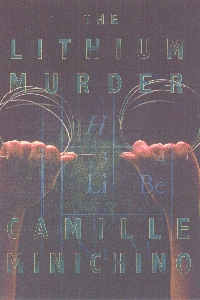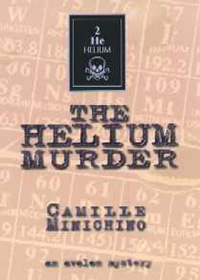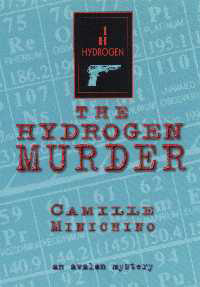A print of one my favorite paintings hangs in my office: “Wheat Field,” by Monet.
It’s representative of countless other landscape paintings, like those of Millet, Corot, Church, Cezanne, and Pissarro, all of which I love. I could sit in front of any of them for hours.
What’s so blog-worthy about that? Most of us relish the moments of meditation and pleasure we get from works of art.
But what I can’t figure out is this—if I were actually standing in one of these landscapes, I’d be freaking out. A wheat field? Eeuuw, I’d be scratching and itching, as well as asking “Where’s the nearest Starbucks?” So why do I have prints like this all over my house?
Bierstadt’s “The Rocky Mountains,” (The Met Collection, Roger’s Fund, 1907) is even worse. The sun is strong. I don’t like sun, in general. Or bugs. Or plants. And there are animals. Eeek! I’m afraid of the wild half of the animal kingdom and allergic to the tame half. Besides, they tend to add organic matter and odors to an open area like this meadow (valley? grassy knoll?), both of which I would find unpleasant if I were to stand at the focal point of this painting. I’m cringing at the thought of what would be on the soles of my shoes. And still no Starbucks or even a family-owned bistro. Nor a convenience store to buy bathroom tissue—oh, right, there’s no bathroom in sight. No sign pointing to the nearest hospital. No cell tower. Just thinking about it being there, I’m hyperventilating.
My idea of roughing it on vacation: a couple of galleries at MOMA are closed, darn; my theater seats are in the balcony, darn; and late night room service takes more than fifteen minutes, darn.
Thinking about this phenomenon—why I love paintings that depict scenes I go out of my way to avoid—it’s a lot like my relationship with fiction.
I write crime fiction; I love reading and watching movies about crime. The ensemble heist, the perfect murder, the “lovable” serial killer; a juicy kidnapping. But I don’t want any of it to touch me in real life.
There must be a name for this syndrome?
 Filed Under :
Filed Under :  Apr.26,2018
Apr.26,2018




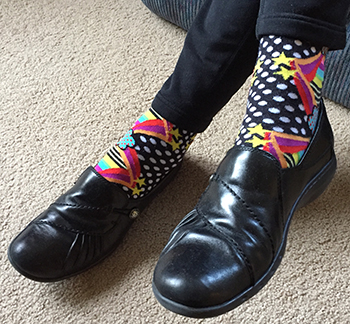
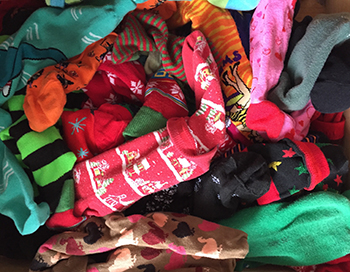


 Tags :
Tags : 


